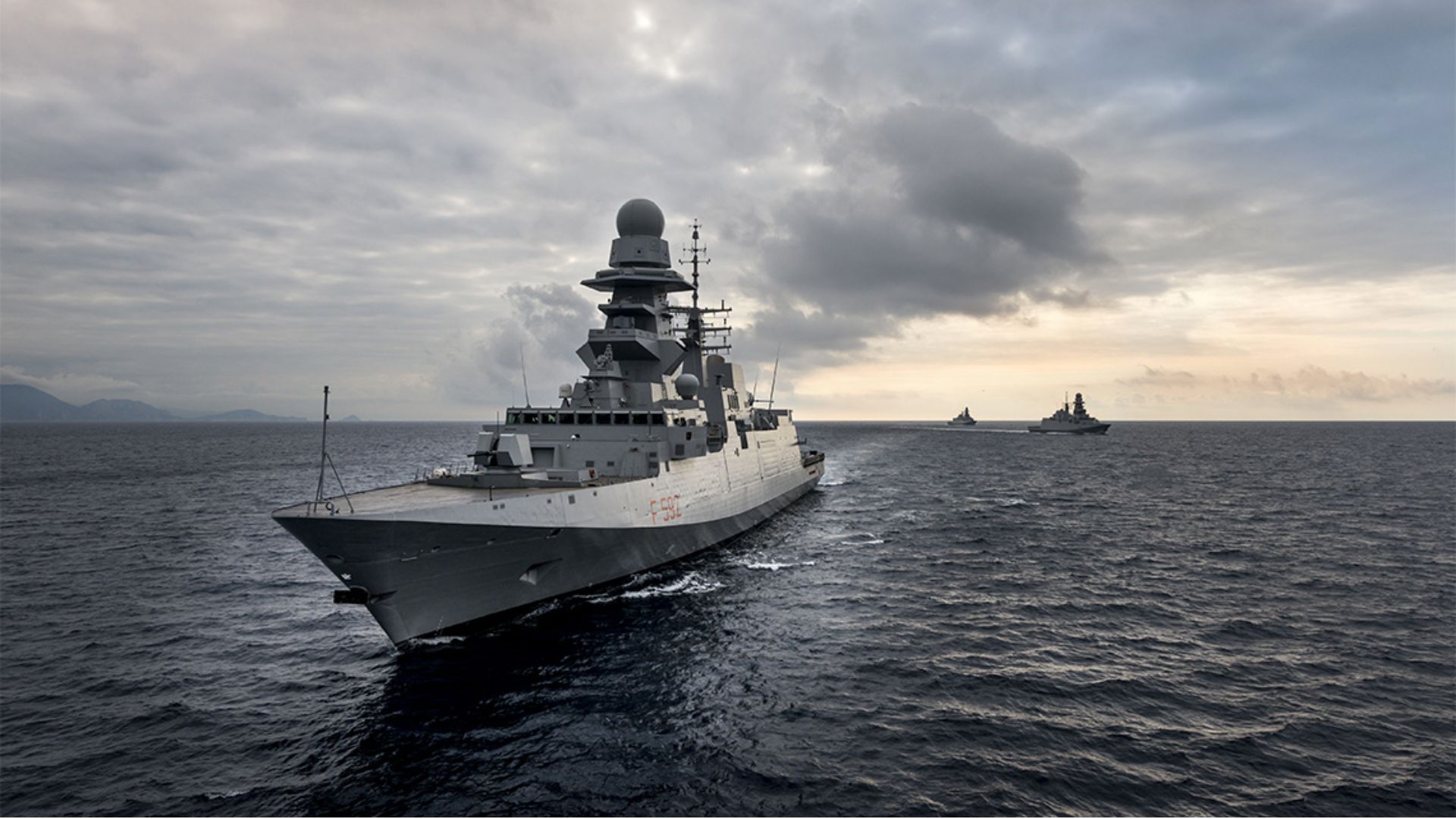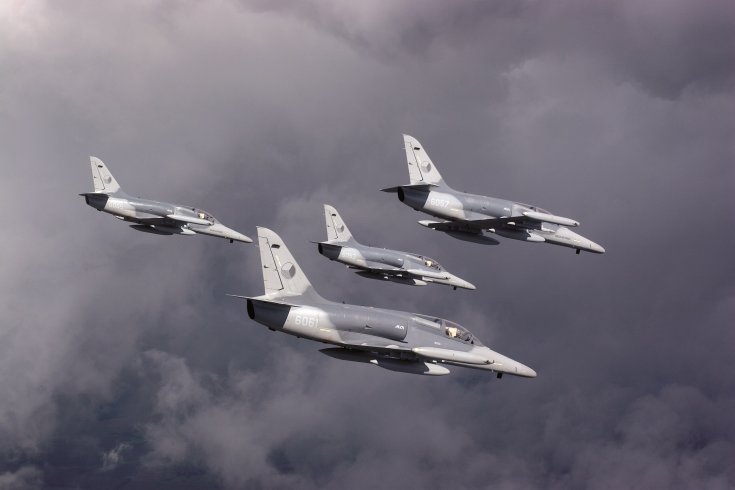
Fincantieri Cuts Steel for First FREMM EVO Frigate for Italian Navy
Fincantieri marked the start of construction on the Italian Navy’s first FREMM EVO (Evolution) frigate with a steel-cutting ceremony at its Riva Trigoso shipyard near Genoa on April 3, 2025.
The ceremony was attended by key officials including Admiral Giuseppe Abbamonte, Director of the Naval Armaments Directorate (NAVARM), Giovanni Sorrentino, CEO of Orizzonte Sistemi Navali (OSN), and Fulvio Palermo, Head of Project Management of Fincantieri’s Naval Vessels Division.
The contract for two FREMM EVO frigates was signed in July 2024 between OSN, a joint venture owned by Fincantieri (51%) and Leonardo (49%), and the Organisation Conjointe de Coopération en matière d’Armement (OCCAR).
This forms part of the multi-year FREMM program aimed at renewing the Italian Navy’s fleet with a series of next-generation vessels. The first FREMM EVO unit is scheduled for delivery in 2029, with the second following in 2030.
The FREMM EVO frigates maintain the same basic dimensions as the current FREMM vessels, with a length of 140 meters, width of 20 meters, and displacement of approximately 6,000-6,500 tonnes.
The new frigates retain the proven hull design and propulsion system of the current FREMM vessels while incorporating redesigned superstructures made from aluminum alloys to accommodate new sensors
These will replace older vessels in the Italian fleet, potentially including the first two Carlo Bergamini-class FREMM frigates, which are reportedly being offered to Greece.
Greek media reports indicate that Athens is advancing negotiations to acquire these two frigates with a budget allocation of approximately €580 million ($625 million).
Notes and Comments
The FREMM EVO program represents a calculated evolution of Italian naval capabilities rather than a revolutionary departure from existing designs. The Italian Navy appears to have pursued several key objectives with this development:
First, the design leverages proven hull and propulsion configurations while incorporating advanced sensors and combat systems.
This approach reduces technical risk while delivering enhanced capabilities. By maintaining compatibility with systems developed for other recent Italian naval programs, the Navy also benefits from commonality across its fleet.
Second, the FREMM EVO directly addresses emerging threats, particularly unmanned systems, as evidenced by recent conflicts in Ukraine and the Red Sea.
The incorporation of dedicated counter-unmanned aerial system (C-UAS) capabilities – notably a new active sensor based on a four fixed-face active electronically scanned array (AESA) radar, electronic warfare equipment, and electro-optical systems – reflects the lessons learned from contemporary naval operations.
Third, the design emphasizes multi-domain operations through its ability to manage unmanned systems across air, surface, and subsurface domains, reflecting the Italian Navy’s understanding of the growing importance of unmanned capabilities in future naval warfare.
For example, the FREMM EVO’s combat management system (CMS), which will be provided by the defence giant Leonardo, will include an Unmanned Management Suite (UMS). This will allow the new frigates to control air vehicles from the stern flight deck and unmanned surface vessels carrying autonomous underwater systems.



